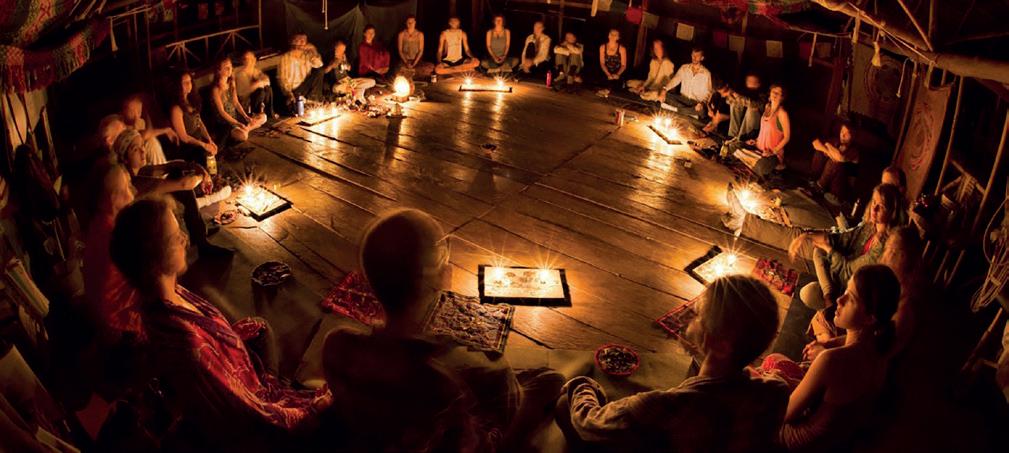
2 minute read
What is ayahuasca?
Ayahuasca is a hallucinogenic plant, and its name is pronounced “eye-ah-WAHska.” All of the senses are affected by psychedelics, which change a person’s thinking, perception of time, and emotions. These can make someone have hallucinations, in which they perceive or hear distorted or unreal objects. The Banisteriopsis caapi vine and the leaves of the Psychotria viridis shrub are heated or boiled for a long time to create the concentrated liquid known as ayahuasca, however additional plants may also be added for a variety of traditional uses. DMT is the primary component in ayahuasca (dimethyltryptamine). Furthermore, monoamine oxidase inhibitors are present (MAOIs).
Ayahuasca has been used for centuries by First Nations peoples from contemporary Peru, Brazil, Colombia and Ecuador for religious ritual and therapeutic purposes.
Advertisement
H is it used?
Ayahuasca is drunk as a liquid.
Ef cts of ayahuasca
There is no amount of drug usage that is safe. All drug use has some danger. While using any kind of medication, it’s crucial to use caution.
Everyone is affected by ayahuasca differently depending on:
• size, weight and health
• whether the person is used to taking it
• whether other drugs are taken around the same time
• the amount taken
• the strength of the decoction (varies from batch to batch)
• environment (where the drug is taken).
The effects of ayahuasca can last between 4- to 6-hours and may include:

• nausea and vomiting (induced by drinking the decoction)*
• diarrhoea*
• euphoria
• feelings of connection and unity
• introspection
• intense visual and auditory hallucinations
• experiencing powerful emotions
• anxiety
• panic and fear
• moderate increase in blood pressure and heart rate
• increased body temperature.1, 3
*When ayahuasca is taken in a traditional or ritual setting, these effects may be perceived as cleansing or purging and a part of the spiritual or healing journey.

Set the Stage Ayahuasca Rituals
Depending on a person’s mood (commonly referred to as the “set”) or the surroundings they are in (the “setting”), ayahuasca can have a variety of effects:

• Set: a person’s state of mind, previous encounters with psychoactive drugs, and expectations of what’s going to happen.4 For example, feelings of anxiety or fear before using ayahuasca can be magnified and result in an unpleasant experience.
• Setting: the environment in which someone consumes ayahuasca – whether it’s known and familiar, who they’re with, if they’re indoors or outdoors, the type of music and light.4 For example, using ayahuasca in a calm, quiet and relaxed environment can lead to a please experience, but being in a noisy, crowded place may result in a negative experience.
Ayahuasca ceremonies offer the chance to participate in your own recovery and get spiritual therapy. Participants in ayahuasca rituals attend in the early evening since they take place at night. To show respect for the healer, or curandero, leading the event, participants come before it starts. If required, introductions are made once the Maestro curanderos first gets ready for the event. Cleaning the area and the tools with mapacho tobacco, prayers, and other blessings are all part of the preparation process. After setting up the venue and ceremonial equipment, the ceremony starts. The curanderos invite each participant up to receive a cup of ayahuasca as the ritual starts in silence. The curandero may also discuss goal, dose, and other suggestions with each participant. Each person receives a cup of ayahuasca before the curandero takes a sip. The lights are turned down while the ritual continues, and after a little while, when the ayahuasca medicine starts to take effect, the curandero begins to sing.










